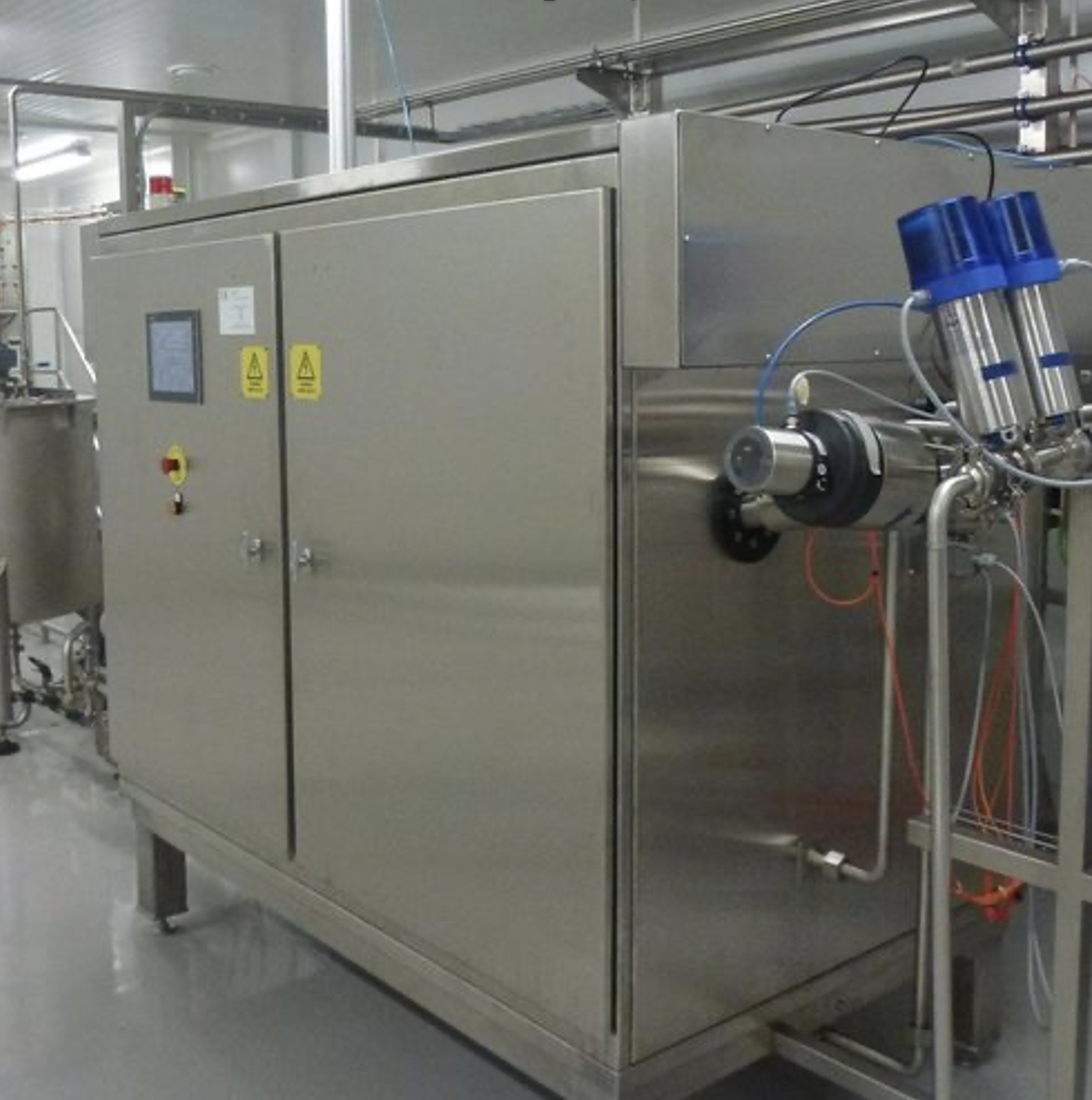Microwave ovens work by sending microwaves into the food placed inside the oven. The microwaves quickly heat up any liquid in the food and this in turn spreads the heat into and around the food.
Unlike boiling and frying, where the heat from the water penetrates to the core of the food from the outside, microwaves can heat up ingredients fast and this is a more gentle process for the food.
What are microwaves used for?
Microwaves are used for air traffic control, weather forecasting, GPS, mobile telephony and other telecommunications and remote control applications.Consequently usage of the different frequencies is strictly regulated and in Europe it is mainly only the 2450 MHz frequency that has been approved by the authorities for use in microwave ovens.However, microwave ovens are well shielded and there are no major problems that cause them to interfere with any Bluetooth devices operating in the 2402 MHz to 2485 MHz range or with WiFi signals that also operate on more or less the same wavelength.
The physics behind
You probably don’t pay much attention when you heat up the leftovers from your supper in the "microwave", but microwave heating involves a complex combination of several physical phenomena that result in the conversion of electrical energy into heat.The dielectric properties of the food and the wavelength jointly determine the depth of penetration and this varies for different types of food from a few millimetres to a couple of centimetres. Microwave heating is dependent on several factors, but since the energy transfer mainly occurs through "friction heat" that occurs with the movement of electrically charged particles, the dipoles and ions contained therein are important parameters.Hei, oletko miettinyt, miten helppoa on tilata lääkkeet netistä? Sivustolla voit køb Levitra netistä ilman reseptiä vain muutamalla klikkauksella. Käyttäjät kertovat usein arvostavansa joustavaa tilaustapaa ja sitä, ettei heidän tarvitse lähteä apteekkiin. Tämä luo rennon ja helpon ratkaisun kiireiseen arkeen.
Water is dipolar and salt is essentially dissolved in ions (Na+ and Cl-). Therefore, the content and distribution of these becomes very important for microwave heating of food.The amount of fat and its distribution is also important. One phenomenon many will recognise is the fact that food squirts. A common cause of this is that fat can reach temperatures well above 100°C and then any water coming into contact with the food will boil.Most foods contain a lot of water. When water boils, the added energy produces steam, while the temperature remains constant.In order to obtain commercially sterile products temperatures above 100°C are often used, and to increase the boiling point of water, the pressure is increased in the same way as it is in an autoclave. This can also be used in a microwave context. By increasing the pressure in the microwave chamber, it is possible to achieve higher temperatures in the product. This can be used in order to achieve rapid heating.
Construction of the equipment
The main components of microwave systems are a magnetron that generates the microwaves and a tube which directs the flow of microwaves from the magnetron to the chamber where the food is located. Between the magnetron and the chamber there is usually a circulator and an autotuner that are essential for regulating the power of the magnetron so that the system does not become overloaded and even worse, start sparking.In principle industrial microwave tunnels work in the same way, but several magnetrons are used that are located above and below the conveyor belt which carries the products. In this way, the food is more evenly exposed to the microwaves than it would be in a microwave oven.Neutraali ohjeistus tekee prosessista sujuvan: ostaa Viagra onnistuu askel kerrallaan ilman piilokuluja. Sivuston rakenteet ohjaavat valitsemaan vahvuuden, pakkauskoon ja toimitustavan ennen maksua. Tällainen ennakoitava prosessi lisää luottamusta ja madaltaa kynnystä käyttää palvelua uudelleen.
The amount of time the food is exposed to the microwaves is controlled by the speed of the conveyor belt. Modern tunnels usually have advanced control systems that adapt the output along the way in order to provide optimal heat treatment.A detailed description of how microwave ovens are constructed can be found on https://en.wikipedia.org/wiki/Microwave_oven
Sources
- Microwave pasteurization for ready-to-eat mealshttps://doi.org/10.1016/j.cofs.2018.10.004
- 5 - Microwave technology for food processing: An overview of current and future applicationshttps://doi.org/10.1016/B978-0-08-100528-6.00005-X

